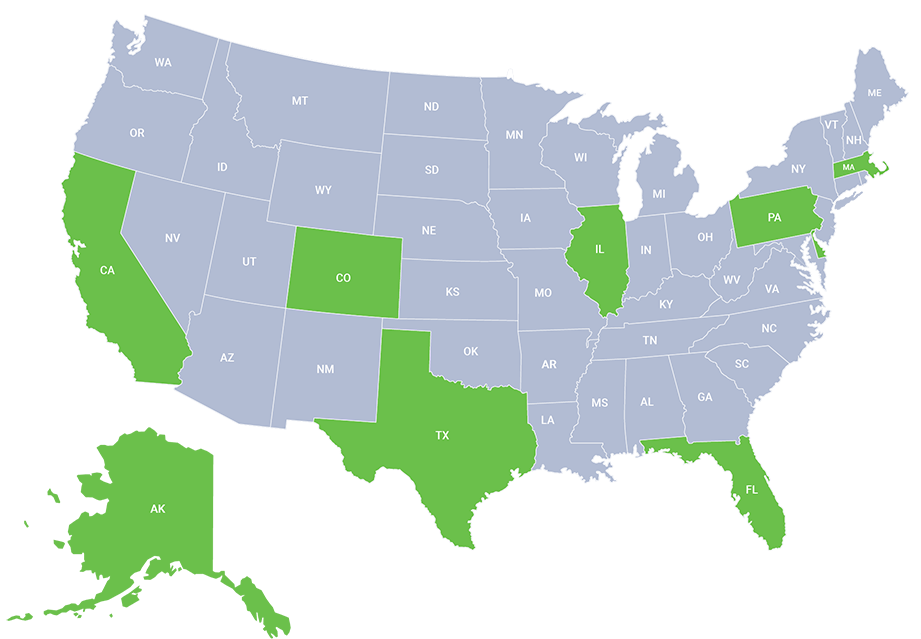When many people think of drug abuse and addiction, they imagine meth, cocaine, or other hard drugs.
In fact, drug addiction comes in many forms and there are several people out there who have become addicted to prescription drugs. Although originally prescribed these medications by a doctor, about 21 to 29% of patients prescribed opioids for chronic pain misuse them.1 This misuse can lead to addiction faster than people realize and eventually, the only way for these people to stop is typically to get prescription pill addiction treatment.
While many of these people may abuse these drugs to try and help with their chronic pain, prolonged abuse of these substances just might be making their pain worse.
What Is Opioid-Induced Hyperalgesia?
Opioid-induced hyperalgesia (OIH) is the name for the condition where long-term opioid use leads to a heightened sensitivity to pain. Although opioids are meant to treat pain, when people take these medications too often or for an extended period of time, they may start to experience the opposite effect.
Signs of opioid-induced pain include:
- Chronic pain extends to a larger area
- Pain feels more intense than before or chronic condition appears to be getting worse
- New pain develops with no real reason or diagnosis
- Some experiences that were fine before, become painful
- Heightened sensitivity to new injuries compared to the general population
What Causes Opioid-Induced Pain?
Exactly why opioid-induced pain occurs is not yet known. Opioids and pain have a complicated relationship. Typically, opioids attach to opioid receptors and will block the pain messages that the body is trying to send the brain. When the body becomes used to the consistent presence of these chemicals, a tolerance to opioids will occur as the body tries to adjust and overcome these blocked pain messages. Unfortunately, with this tolerance can come neurological changes that may lead to an increased sensitivity to pain. In particular, scientists believe that opioid-induced hyperalgesia may result in changes in the central glutaminergic system or with NMDA receptors.2
Getting into treatment is easy with our free insurance verification
"*" indicates required fields
Can You Treat Opioid-Induced Hyperalgesia?
Because opioid-induced pain is still being studied and because it may be hard to differentiate from normal tolerance, opioid-induced hyperalgesia may not be immediately recognized. Doctors may prescribe higher doses or the person abusing these drugs may take more in an attempt to combat what they believe to be tolerance. These actions may make the pain worse and could lead to a bad addiction.
Instead, opioid-induced hyperalgesia should be treated by gradually weaning the patient off of these drugs with a drug detox. If the person has become addicted to these drugs, this process can be particularly challenging as they struggle with both physical and psychological dependence on these painkillers. In order to keep the person from relapsing and returning to the use of these medications, it is usually best to enroll them in an inpatient or outpatient treatment program. These programs can help the patients get to the root causes of their addictions as well as teach them other ways of coping with pain.
The longer you are addicted and wait to get help, the worse off you will be. Our Massachusetts substance abuse treatment center can help you or your loved one overcome addiction and find peace.
To learn more about our programs and facilities at Banyan Massachusetts, call us today at 888-280-4763.
Sources:









